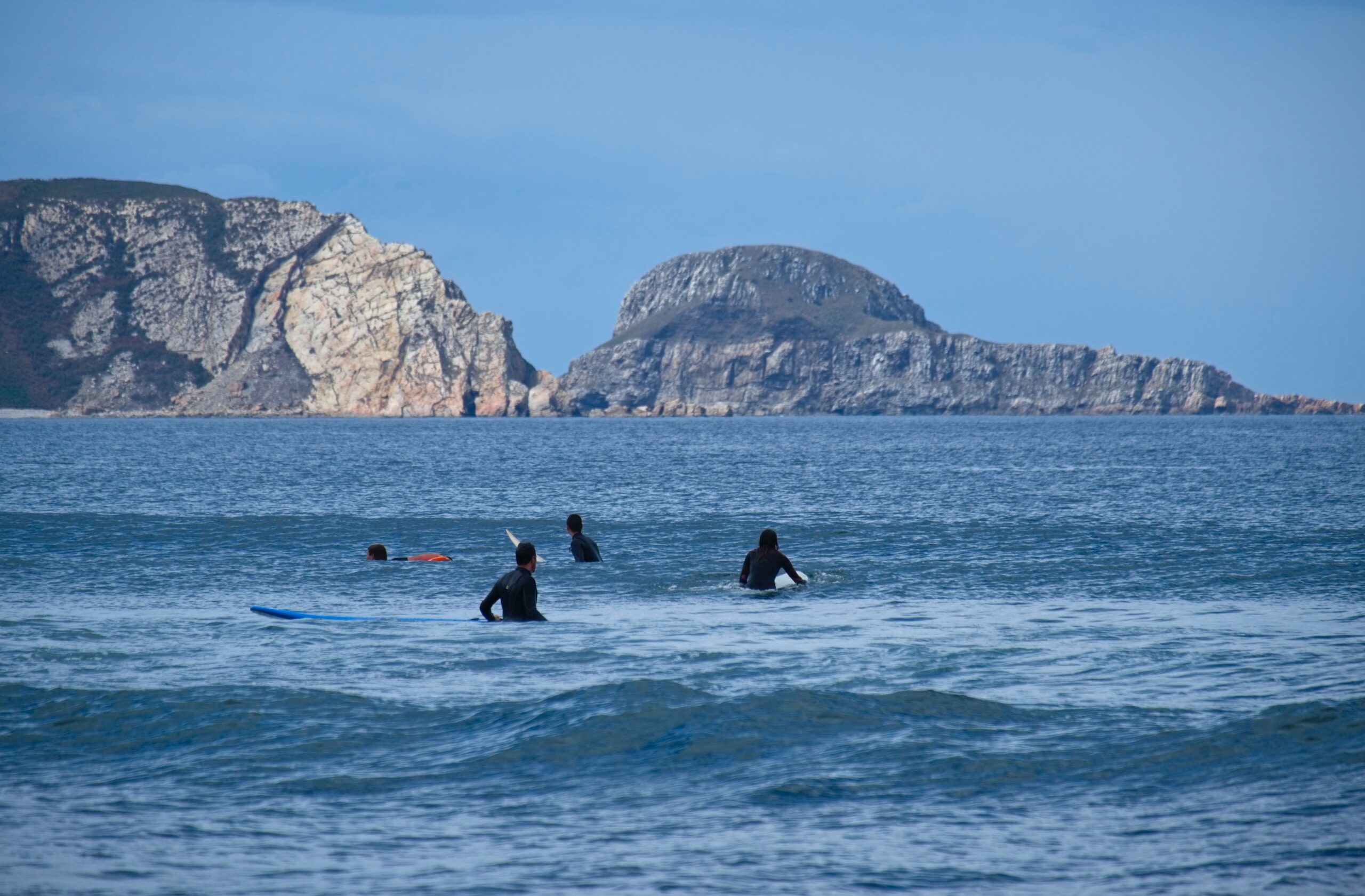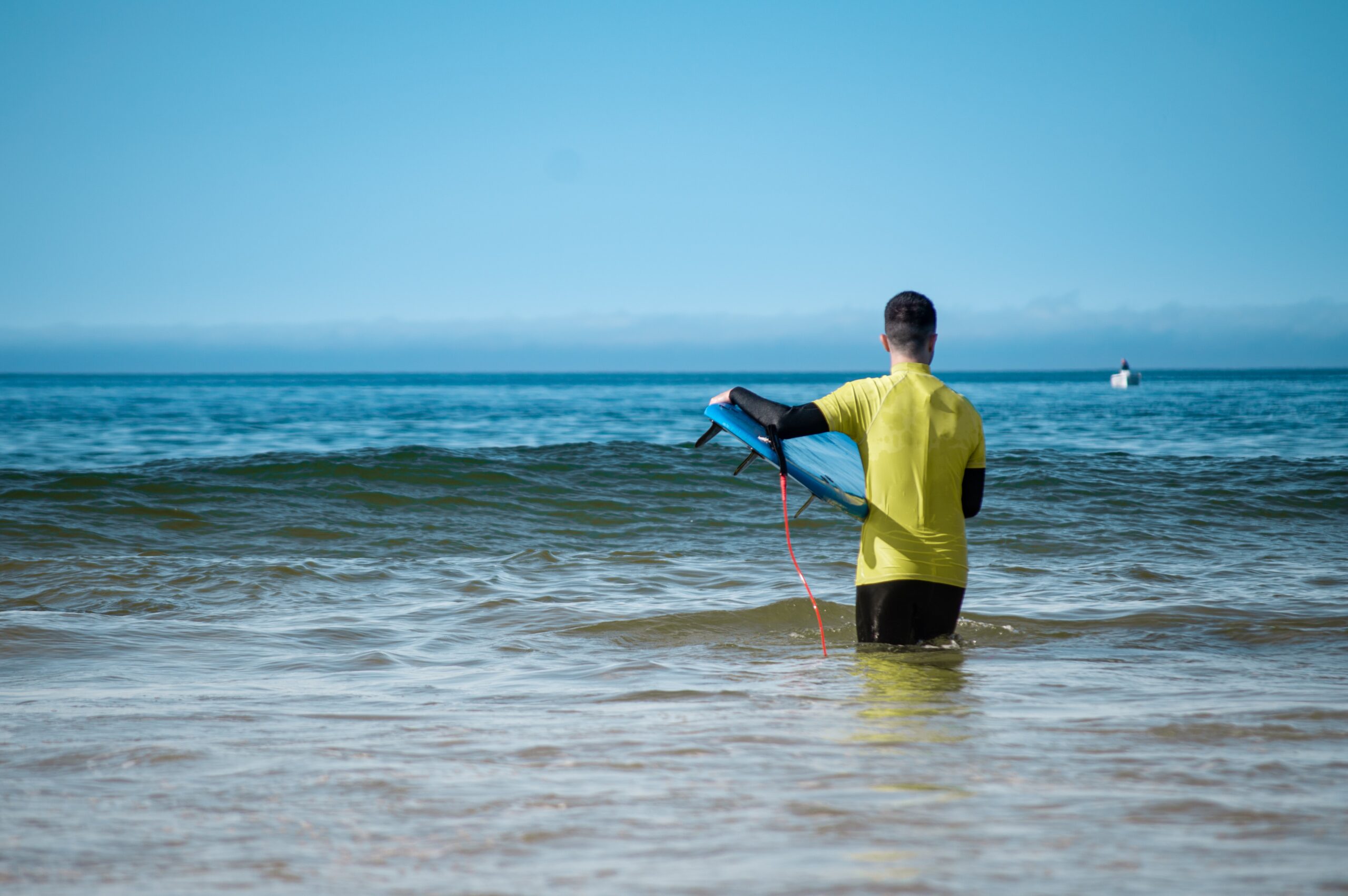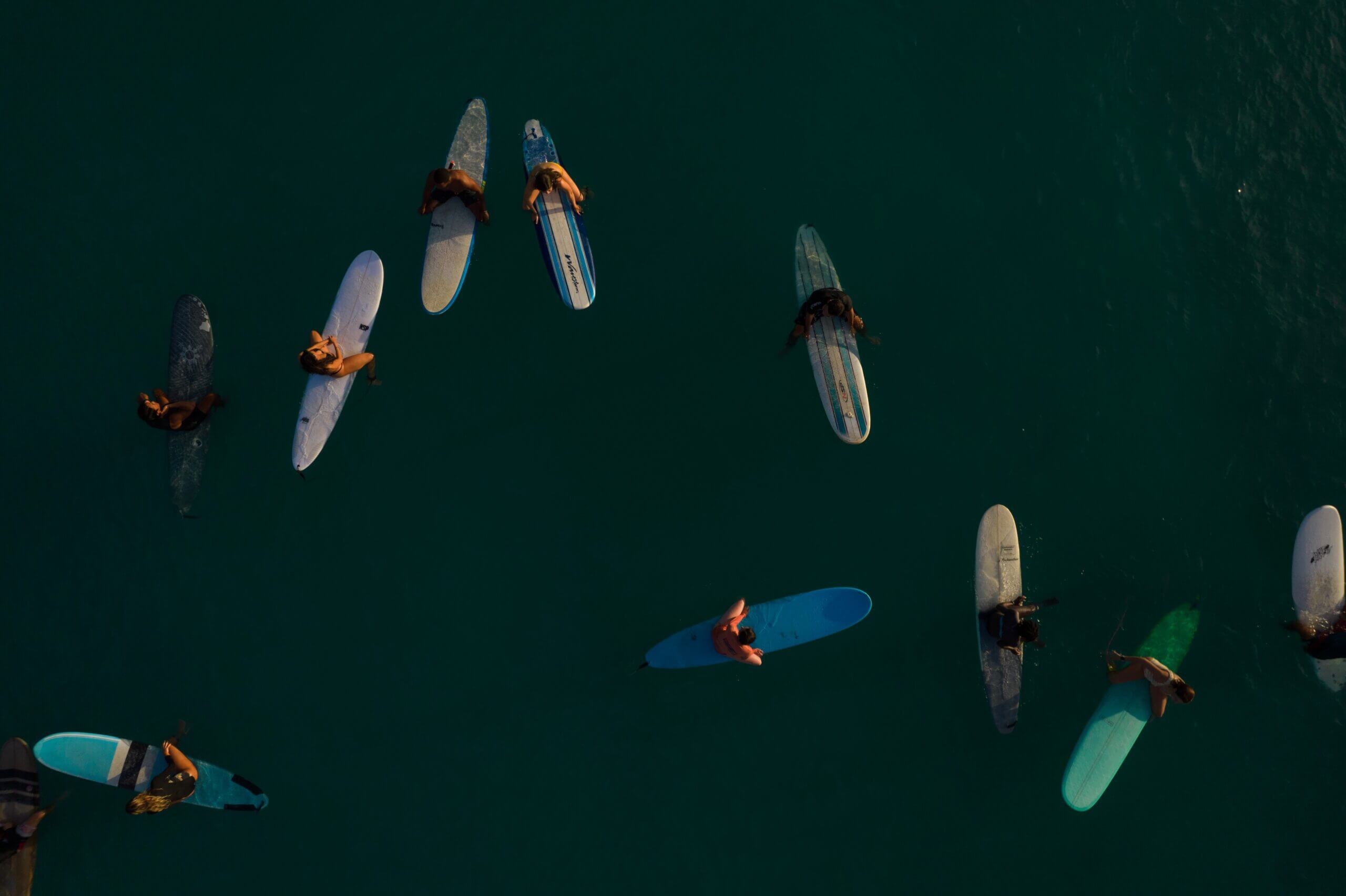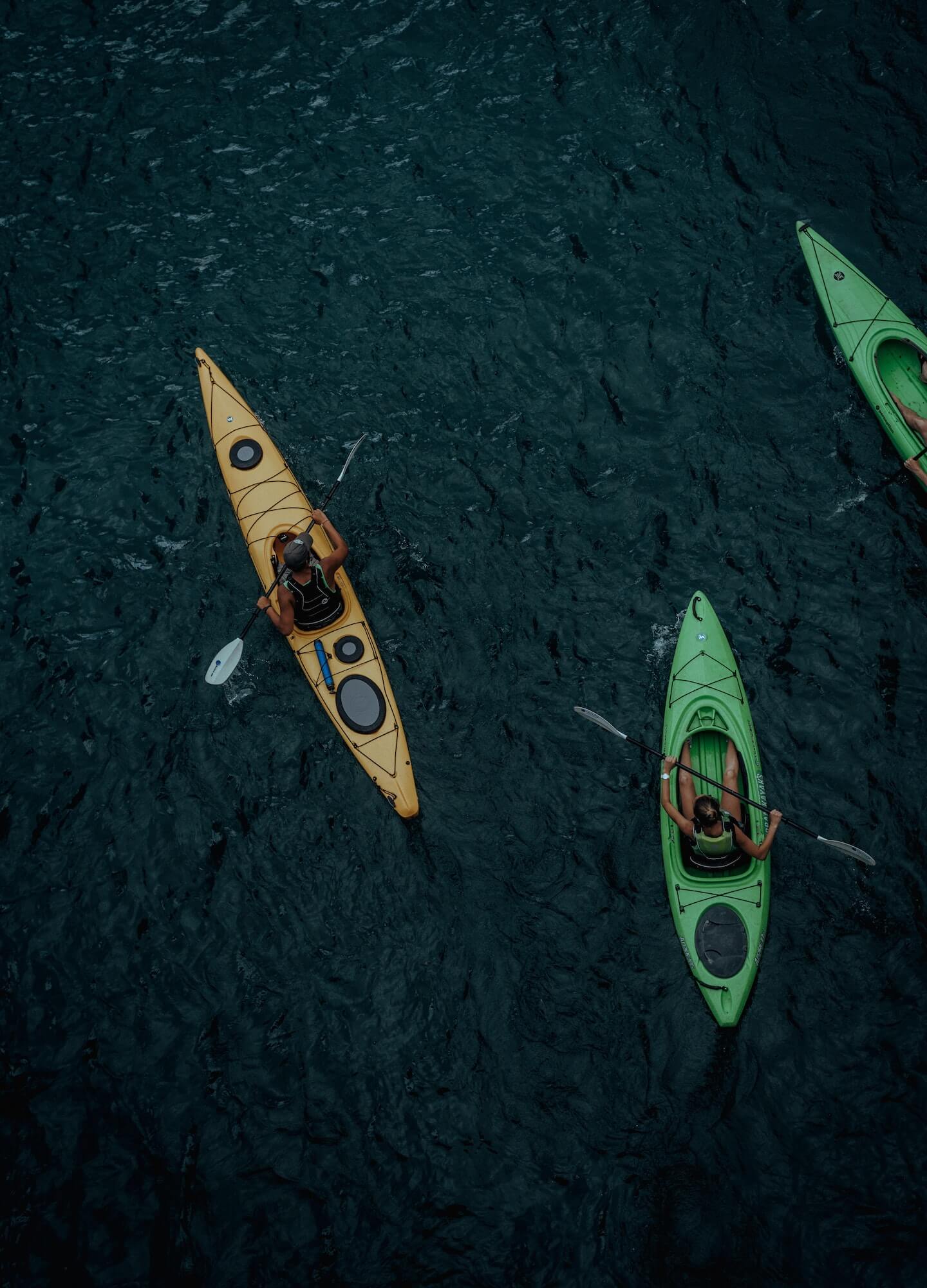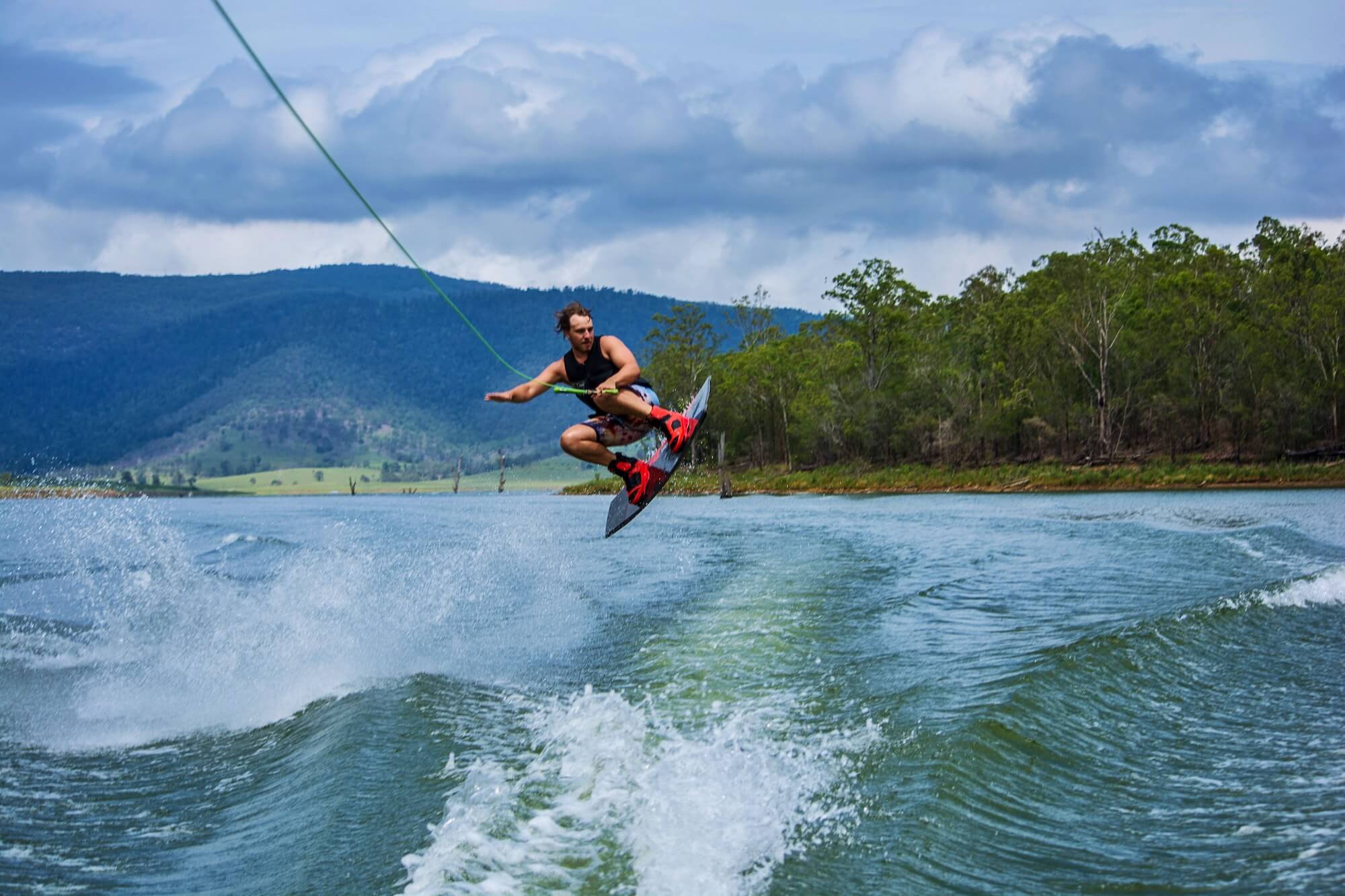Its time to get your first surfboard. If you have already reached an intermediate level of surfing and can easily reach the peak to surf the waves, you are surely thinking of acquiring your first surfboard.
The first thing I recommend is to wait until you have tried different types of surfboards before purchasing your own board. A couple of years passed before I decided to invest in my first surfboard, since I wanted to try different options. As time passes and you develope better surfing skills you will surely increase your kiever.
Here I expose the main types of surfboards and their differences
-
Shortboard
-
Retro fish
-
Softboard
-
Minimalibu
-
Evolutiva
-
Longboard
-
Hybrid
-
Groms boars
-
Hull
There is an important purely physical rule to keep in mind as you increase the volume of your surfboard, you will gain stability, but you will lose the ability to perform maneuvers. When you add rocker, you will gain control and performance, but you will lose speed. As your initial objective will change and develop with your type of surfing throughout your life, you will perhaps acquire different boards and vary your quiver.
This type of short boards are very common surfboard models with a highly evolved design. They are versatile and suitable surfboards for all the conditions of waves, as long as they are not too small. This is because they offer a good balance between speed and maneuverability. The Shortboard is the most technical type of surfboard, so it takes a medium level of surfing to get the most out of it.
The main difficulty lies in the rocker of the Shortboard or small surfboards, makes paddling much more difficult, since the board draws more water when advancing. It will cost more to catch the waves, and also lose speed. Speed quickly as soon as you’re not surfing the ridges because, once again, its outline will drag the water under the surface. You constantly need to be spinning (on its edges), and to be close to the wave’s energy source. Something that requires experience.
Ideal wave conditions are powerful, clean waves of medium size.
2. Twin End
The retro or retro-fish surfboards are inspired by the designs of the 70s. They stand out for their peculiar design having the tail in the shape of a fish fin. Within this range of boards we can find single twin, twin fins bonzers and hulls (depending on the keels you have).
I have to say that my first board after going from an evolutionary board was a retro fish twin weekend and today it is the most fun board I have ever tried (Photo below). The size did not correspond to my weight and height but I still keep it in the bedroom and there is no bathroom on the beach that disappoints me.
For this type of Retro fish boards you need to have an intermediate level of surfing. They are perfect for small or medium waves.
Advantages of a Twin Fin over other types of boards
Its wide shape, large nose and low rocker provide plenty of buoyancy and speed. All of this helps you surf slow waves that don’t have much force and pass sections that you wouldn’t normally achieve with a short board. Because they are much shorter than the evolutionary surfboards, they provide much more maneuverability. This is great when you start trying to do the first maneuvers and turns like cutbacks. Its swallow-shaped tail will help you more radical turns. In my humble opinion it is the quintessential beach wave surfboard in summer.
Disadvantages
They do not facilitate paddling as much as a longboard and although they are short they are not like a “performance” surfboard.
Ideal waves are small to medium-sized waves with little force
Softboard s they are popularly known, are usually for children and surf schools. But soft have evolved so much that even great surfers have designed their own models. This type of board offers great buoyancy and maneuverability. This type ofsofta very fun alternative for summer waves.
At the peak you always find someone with a soft board who is having a great time and catching more waves than anyone else
4. Minimalibu
The minimalibu surfboarduld be the next step to an evolutionary surfboard. They are a good alternative like surfboards for beginners. It could perfectly become your first fiber surfboard. They are wide from their tail to the nose. They provide great stability and facilitate rowing. A type of surfboard advisable for those who are beginning.
5. Evolutionary surfboard
The evolutionary surfboard would be the surfboard that we use in the beginners surf course when they already control a soft surfboard. They stand out because they are large and thick, which contributes to giving the surfer more stability and buoyancy. And it is that its design makes it easier to paddle and surf the waves from the first day. If you are looking for maneuvers, it is not the best model.
Large planks or longoard planks starting at 9 feet. They usually have a round tip. They are ideal for small and medium waves. It is only recommended for large waves when the surfer has a certain level and experience.
What advantages does a longboard offer compared to other types of surfboards?
The large size of these boards provides a great surface for planning and floating. This, coupled with its low-mid rocker, helps you glide across the surface of the water. These boards help you paddle with a lot of speed, making it easier for you to catch more waves. Its length, width and thickness provide great stability, making it ideal for learning basic techniques.
Weaknesses
With this type of board it is difficult to pass the series, especially on big days. And it is that with a long it is practically impossible to make a duck. You will have to learn how to perform the turtle technique. This maneuver consists of turning underwater while grasping the board by the edges. The longboards due to their length facilitate the take off. But in contrast, the bigger the
, the more difficult it will be to move it. To move and maneuver with these boards requires a medium level of surfing. You will need to draw longer, slower lines on the wave.
Ideal wave conditions
Very small waves (1-2 feet). Some experienced surfers also like longs in larger conditions.
7. Hybrid Surf Board
These types of boards are a mix between shortboard, fish, egg, and mini malibu boards. It is the type of board that every surfer should have in his quiver. A multipurpose surfboard, suitable for the vast majority of waves. They have good maneuverability and do not require a high level to be able to enjoy them. They can be used when the waves are small and do not have much force.
8. Kids surf board Grom boards are boards specially designed for small surfers. You can also find them as children’s surfboards. Ideal for children who already know the basics and are thinking about improving his surfing and doing new tricks and maneuvers. The grom boards are adapted to the weight and height of those young promises.
9. Guns are designed to surf big waves. The longer the board, the bigger waves can be caught. The design of the boards is usually with a sharp tail and nose. This allows to catch the waves with greater speed and stability. To be able to use a board like this one requires a very high level of surfing.
10. Hulls surfboards are boards with a slide or as the purists say “a beautiful glide”, a round surf, without abruptness and calm, where drawing lines by the waves is our goal. Its shape is a plank on a short board they are very wide shapes, and with volume, however the edges fit effortlessly into the wall of the wave, it would stand out above all that. It is time for you to think about how you will start your surfboard break, the good news is that it does not matter if you hit the first one or not, you will not know until you have the second one!


